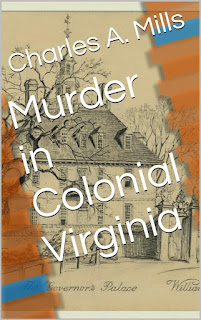In 1862, Congress passed a law prohibiting polygamy (plural marriage). This law was aimed directly at the troublesome religious sect that had settled Utah, the Church of Jesus Christ of Latter Day Saints (the Mormons). The Mormons migrated to the Valley of the Great Slat Lake in 1847 to escape religious persecution brought about, in part, by the practice of polygamy.
Although prohibited in the Book of Mormon, the sect's underlying holy book, the idea of polygamy was accepted by the group's founder Joseph Smith and was pronounced by Smith's successor, Brigham Young, as "necessary for salvation." Brigham Young preached that polygamy was divinely sanctioned to enhance the church's population and to eliminate prostitution and adultery. Some women were dubious, coming to regard polygamy simply as a tool to satisfy the lusts of the older, more powerful male members of the sect. One woman wrote, "If Salt Lake City were roofed over, it would be the biggest whorehouse in the world."
Brigham Young practiced what he preached, having some twenty seven wives during his lifetime. Most of Young's wives lived in a New England style structure called the Lion House located in a central block of Salt Lake City. When Young decided upon a bed partner for the night, he made a chalk mark on the selected wife's bedroom door. He fathered fifty six children (the last when he was 69).
Young had an eye for the younger and prettier members of the flock. He used his position of leader to pressure these women into marrying him, "You cannot be saved by anyone else...If you refuse, you will be destroyed, body and soul." Twenty four year old Ann Eliza, Young's 27th wife, initially rejected the 68 year old patriarch's advances. Under heavy pressure from family and friends she finally gave way. In this case, however, Young got more than he bargained for. Ann Eliza nagged incessantly. She complained about inattention, of Young's cheapness and of his cruelty. Finally she fled Salt Lake City and filed for divorce.
The law passed by Congress in 1862, banning polygamy, was fanatically prosecuted. Men and women were fined and imprisoned until the Mormon's finally submitted in 1890 in a manifesto issued by the church's President, " Inasmuch as laws have been enacted by Congress forbidding plural marriages, which laws have been pronounced constitutional by the court of last resort, I hereby declare my intention to submit to those laws, and to use my influence with the members of the Church over which I preside, to have them do likewise."
My titles on Amazon
My titles at Barnes & Noble
The best reading
experience on your Android phone or tablet, iPad, iPhone, Mac, Windows 8 PC or
tablet, BlackBerry, or Windows Phone.




